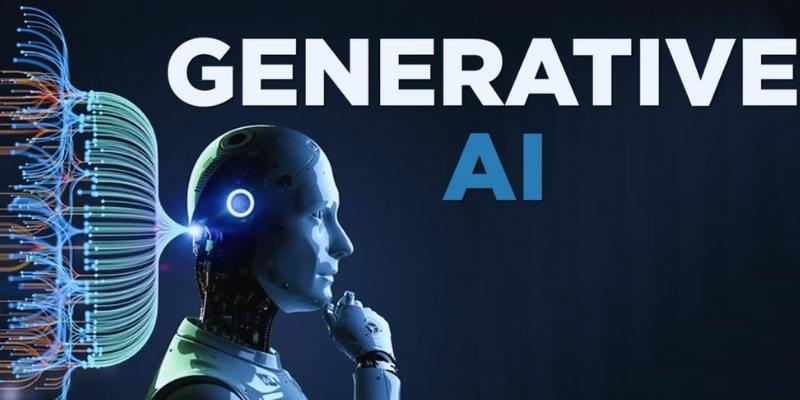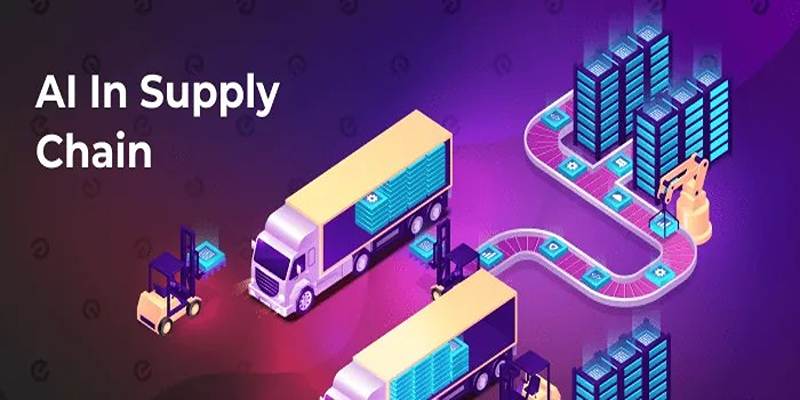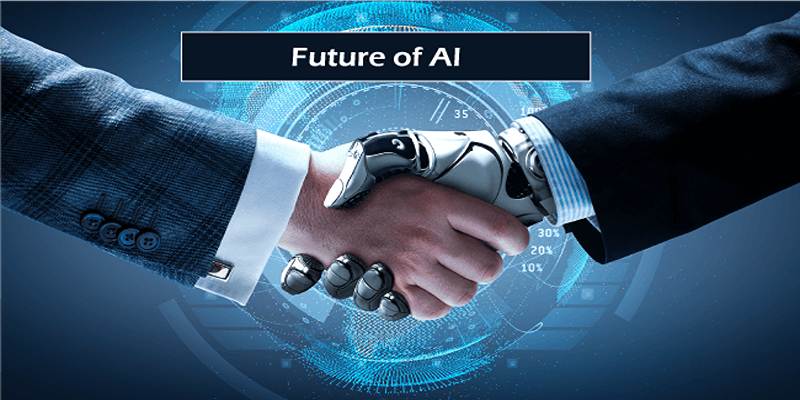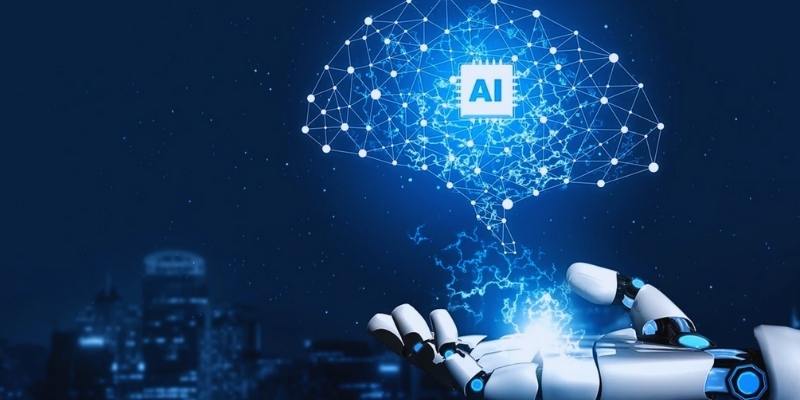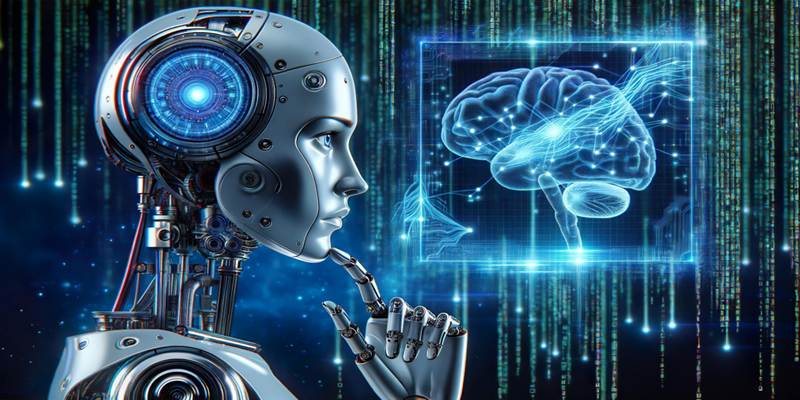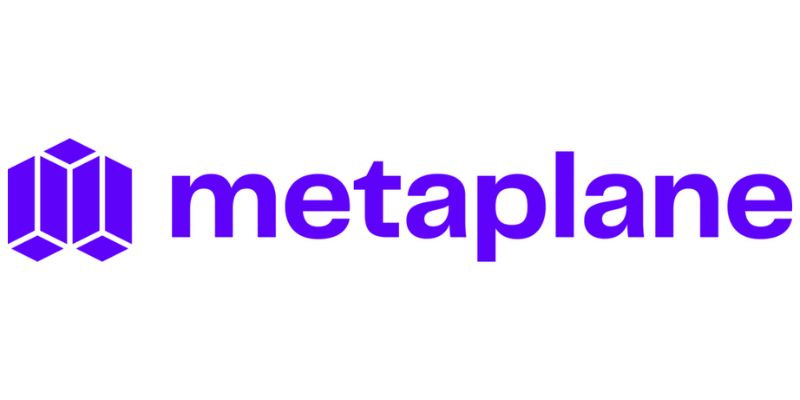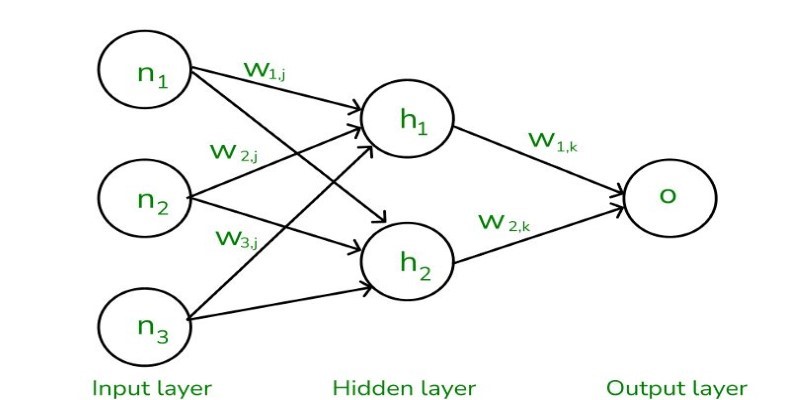Employee productivity is a measure of how well a person does their job and helps the company reach its goals. More output in less time, fewer mistakes, and better quality work are all signs of higher production. Businesses often measure productivity by tracking completed tasks, meeting deadlines, and monitoring outcomes. Boosting productivity doesn’t just mean working faster—it also involves working smarter. AI technologies are becoming powerful tools to help workers achieve exactly that.
How Artificial Intelligence Enhances Productivity
AI is transforming workplaces by improving how people work. Below are several key ways it contributes to employee productivity.
Automating Routine and Time-Consuming Tasks
Artificial intelligence can do things over and over again, which is one of its best features. Ordinary tasks like entering data, setting up meetings, and answering easy emails can take a lot of time from employees. Some of these jobs don't need creativity or decision-making from people, but they still need to be done. Workers can now focus on more important tasks because AI tools can now do these jobs automatically.
Examples of AI-powered automation:
- Automatic email categorization and replies
- Scheduling meetings based on availability
- Invoice processing and approval workflows
- Document organization and filing
By reducing time spent on repetitive work, employees have more time and energy to devote to strategic tasks that require human thinking and creativity.
Supporting Smarter Decision-Making

AI can process and analyze large amounts of data quickly—far beyond human ability. It allows businesses to use data-driven insights in real time. Employees benefit from quicker access to accurate information, which leads to better decisions and outcomes.
AI for Data Analysis and Insights
Many AI tools are built to analyze performance metrics, customer behavior, and market trends. These systems provide predictions and suggestions that guide employee actions.
Benefits of AI-powered decision-making:
- Shorter research and planning time
- Fewer errors in judgment
- Better forecasting for sales or resource needs
Instead of spending hours reviewing spreadsheets, workers can access reports and recommendations instantly, helping them work more efficiently.
Reducing Errors and Increasing Accuracy
Mistakes can happen when people are tired, distracted, or overwhelmed. These errors can slow down workflows, cost money, and sometimes lead to larger problems. AI offers a solution by reducing the chance of error in data-heavy or repetitive tasks.
Common areas where AI reduces errors:
- Financial transactions and reporting
- Inventory tracking and supply chain management
- Data entry in CRM systems
This reliability helps teams maintain quality while working faster, contributing to improved overall productivity.
Providing Personalized Learning and Real-Time Support
AI is not only helping with tasks—it’s also helping employees grow. Many organizations now use AI-powered training tools that adapt to an individual’s learning style and progress. These systems help employees learn faster, develop new skills, and perform better in their roles. Just as automation saves time, AI in learning can speed up skill development without sacrificing quality.
AI Learning Platforms and Coaching Tools
AI platforms can track an employee’s performance and suggest personalized training courses, tutorials, or guides. These tools help individuals stay updated on new trends, tools, and responsibilities.
Advantages of personalized learning with AI:
- Training based on current skill level
- On-the-job support through AI chatbots
- The feedback that helps improve performance instantly
Faster learning leads to faster improvement, which in turn leads to better results on the job.
Real-World Use of AI to Boost Productivity
Many businesses are already seeing the benefits of using AI in their daily operations. Here are a few real-world applications that show how AI supports employee productivity:
- Customer Support: Retailers and service providers use AI chatbots to answer common customer questions, reducing the workload of customer service agents.
- Marketing Teams: Content creation tools powered by AI help marketing professionals brainstorm ideas, generate emails, and analyze campaign performance.
- Finance Departments: AI systems scan invoices and receipts, helping accounting teams process payments faster and more accurately.
- HR and Recruitment: AI helps HR teams screen resumes, schedule interviews, and identify top candidates, reducing the time spent on hiring.
These examples show that AI is not replacing employees—it’s helping them do their work better.
How AI Affects Employee Roles and Job Satisfaction

A common concern around AI in the workplace is the fear of job loss. However, AI is not always a replacement. In many cases, it enhances human roles rather than eliminating them. Employees who work with AI tools often report reduced stress, better time management, and higher satisfaction.
Changing Job Roles for the Better
AI handles the boring, manual parts of the job, leaving space for workers to focus on creative thinking, collaboration, and innovation.
How AI improves job satisfaction:
- Fewer repetitive tasks
- More meaningful responsibilities
- Opportunities to learn and adapt
- Better work-life balance
As job roles evolve, employees who embrace AI often find new opportunities to grow and contribute more to their teams.
Steps Employers Can Take to Support AI Adoption
For AI to truly improve productivity, it must be easy to use and fully supported within the organization. Employers play a key role in helping their teams adopt AI effectively.
What employers should do:
- Choose user-friendly AI tools with simple interfaces
- Offer proper training and onboarding for AI systems
- Encourage a culture of innovation and learning
- Use AI to support—not replace—employee roles
When AI is introduced carefully, employees feel supported rather than threatened, leading to better results for everyone.
Conclusion
Artificial intelligence is reshaping the workplace in powerful ways. From automating repetitive tasks to guiding smarter decisions and reducing errors, AI is clearly improving how employees work. Rather than replacing human talent, AI helps people do more in less time and with greater Accuracy. With the right approach, companies can use AI to boost employee productivity, enhance job satisfaction, and achieve long-term success. The future of work is not about humans vs. machines—it’s about working together to get the best results.
